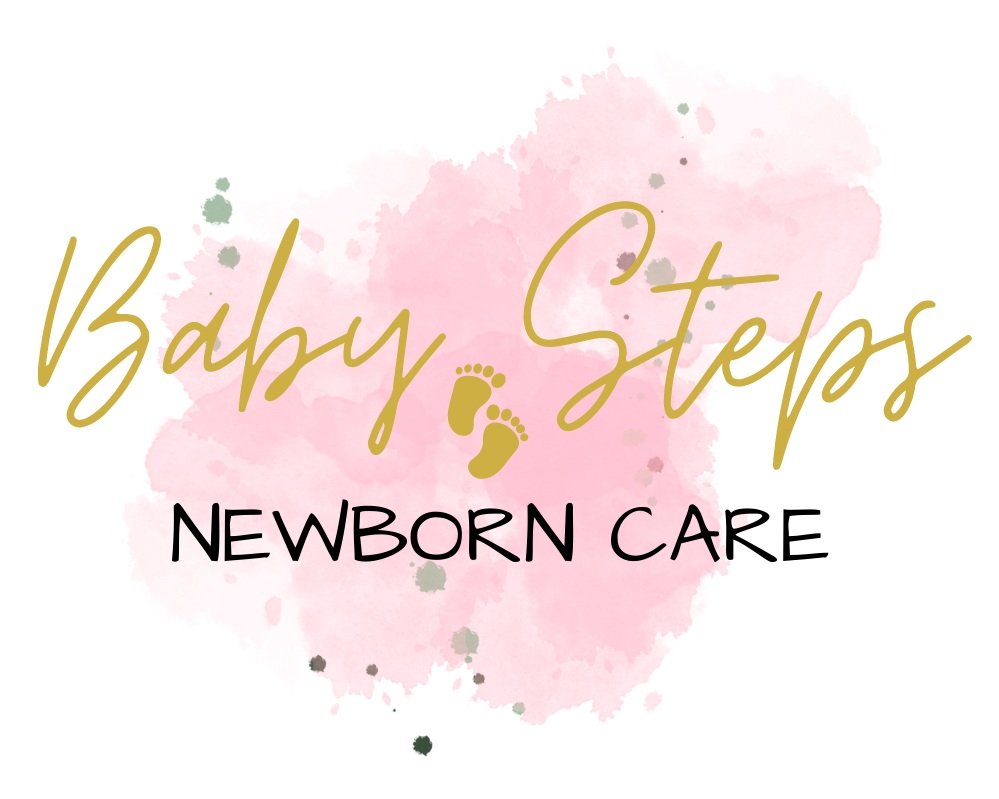
Car Seat Safety: Keeping Your Child Secure on the Road
CA Laws: Rear-facing, forward-facing, booster seats and beyond:
English and Spanish
Ensuring your baby's safety while traveling is a top priority, and proper car seat use is one of the most important ways to protect them.
A rear-facing car seat is considered the safest option for a newborn because it distributes crash forces more evenly across their body, protecting their delicate neck and spine by cradling their head in the event of a collision, especially in a frontal impact, where a baby's disproportionately large head would otherwise be thrown forward with great force if facing forward.
Here’s an overview of key car seat safety tips and best practices:
1. Choosing the right Car Seat
Use a rear-facing car seat from birth until at least age 2, as this provides the best protection for your baby’s head, neck, and spine.
(California Law requires children to be in rear-facing car seat at least age 2)
Check weight and height guidelines for the car seat to ensure it’s appropriate for your baby's size.
Select a car seat that fits well in your vehicle; not all car seats are compatible with all cars.
2. Proper installation
Carefully follow the manufacturer’s instructions when installing the car seat. Many fire stations, police departments, and local community centers offer free car seat installation checks.
Ensure the car seat is securely installed with minimal movement (less than one inch from side to side).
Use either the vehicle’s seat belt or the LATCH system, but not both simultaneously unless specified by the car seat manufacturer.
3. Correct positioning
Place the car seat in the back seat of your vehicle. (Perception is the rear center seat is the safest. However, some rear center seating positions are not usable or compatible with the car seat and/or the vehicle manufacturers).
Ensure that the car seat reclines at the correct angle to keep your baby’s airway open.
Adjust the harness straps so they are snug (you should not be able to pinch any excess fabric).
Rear-facing car seat harness straps should be below or under the shoulder.
The chest clip should be positioned at armpit level.
4. Avoid common mistakes
Avoid placing thick clothing or blankets between your baby and the harness, as this can compromise safety. Instead, place a blanket over the harness after buckling them in.
Avoid aftermarket products that haven’t been crash-tested with your specific car seat.
Make it a habit to check the car seat’s fit and condition regularly, as wear and tear can impact safety over time.
5. When to transition to the text Car Seat
Transition to a forward-facing seat only when your child has outgrown the rear-facing seat, according to the manufacturer’s guidelines. Each step should be taken only when necessary, as rear-facing remains safest as long as possible.
(California Law requires children to be in rear-facing car seat at least age 2)
Always check the labels on the car seat for weight and height limits.
6. Resources and Support
The American Academy of Pediatrics (AAP) provides up-to-date guidelines on car seat safety.
(California Law requires children to be in rear-facing car seat at least age 2)
Certified Child Passenger Safety Technicians (CPSTs) are trained to help parents with car seat installation and can answer your specific questions.
Common questions:
What is the best car seat?
The simple answer is: “The one that fits the child, fits the vehicle, and that the caregiver can use correctly every single time.”
Car seats and booster seats should be selected based on the child’s
- Age - Weight - Height - Developmental level
Find the best car seat for your child here
Where is the most reliable place to purchase car seats?
The simple answer is the Manufacturer. Unfortunately, counterfeit brand-name car seats have been discovered at big-box stores and major online retailers. It is crucial to ensure that the car seat is authentic (crash-tested by the manufacturer) and comes with all necessary paperwork for registration.
Genetic and aftermarket car seats are unsafe because they are not properly crash-tested by reputable manufacturers.
Some people may not realize they have purchased a counterfeit car seat until they try to register it and find that the serial numbers are incorrect.
Do car seats expire?
The answer is YES.
Look for a small white sticker on the seat that contains information such as the seat's manufacture date, serial number, model number, and expiration date.
Find local car seat technicians
Find local car seat technicians here
Don’t forget to register the car seat!
Report a Safety Problem
Check for recalls
What to know about second-hand car seats.
History of the car seat?
Was the car seat in any collusion?
Does the car seat appear to be in good working order (no parts missing, no deformities, no cracks)
Are the labels present?
Is the car seat expired?
If recalled, has the recall been corrected?
(CPSTs can not certify a car seat as safe)
Recommended car seats based on your child's age and size
(California Law requires children to be in rear-facing car seat at least age 2)

What to Expect at a Car Seat Checkup Event
Before the Checkup:
Prepare to learn how to install and use the car seat yourself.
Know your child’s current weight and height.
Attempt to install the car seat using its manual and your vehicle’s handbook beforehand.
Bring both the car seat and vehicle manuals.
If possible, bring your child with you as well as another caregiver to help while you are learning.
During the Checkup:
Verify your technician’s certification.
Expect about a 30-minute session tailored to your car seat and vehicle.
Learn about proper car seat selection, installation, recalls, and next steps for your child.
Ask questions and practice installing the car seat yourself with guidance.
After the Checkup:
Success means you can confidently install and use the car seat correctly and have all your questions answered.



